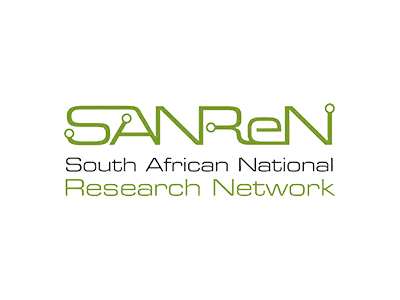The Square Kilometre Array (SKA) project is an international effort to build the world’s largest radio telescope, with a square kilometre (one million square metres) of collecting area. The scale of the SKA represents a huge leap forward in engineering, telescope design and research & development towards building and delivering a unique instrument. With detailed design and preparation well under way, the SKA Organisation is moving towards starting early science operations with a portion of the telescope in 2020.
Reliable fast research network connectivity is critical for processing the deluge of data that will be generated by SKA
As one of the largest scientific endeavours in history, the SKA has been bringing together a wealth of the world’s finest scientists, engineers and policy makers to bring the project to fruition. The SKA will not be one large single radio telescope, but will use vast numbers of “smaller” radio telescopes, built with unique antenna designs. These will in turn form two instrument configurations, enabling astronomers to monitor the sky in unprecedented detail, and survey the entire sky thousands of times faster than any system currently in existence.
Africa and Australia
The SKA telescopes will be located in Africa and in Australia. South Africa’s Karoo desert will cover the high and mid frequencies of the radio spectrum and will see dishes spread over parts of the Karoo, whilst Australia’s Murchison region, with hundreds of thousands of dipole antennas will cover the low frequency range, as well as play host to the ASKAP survey instrument.
Reliable fast research network connectivity is critical for processing the deluge of data that will be generated by the next-generation SKA telescope, co-located in remote deserts of Western Australia and Southern Africa.
Designing the transport networks
The International Signal and Data Transport (SADT) Consortium is designing the data transport networks between the elements of SKA. SADT is made up of 15 institutions from 8 different countries, including R&E networks AARNet (Australia), SANReN (South Africa) operated by TENET (South Africa), and GÉANT (Europe).
SADT is led by Dr Keith Grainge of the University of Manchester’s SKA Group says the sheer volume of data is staggering and there are three different challenges, each corresponding to a separate area of the telescope.
First, there is the problem of transporting the data from the individual antennas to the central signal processor (CSP). This requires the provision of fibre links from the CSP building to hundreds of different points scattered over a 100km radius area in the South African or Australian deserts. Finding an optimum combination of topology, transmission technology and data aggregation is a difficult multi-dimensional problem”
Cutting edge transponders
Second, there is the problem of transporting the data from the CSP to the High Performance Computing centre, approximately 800km away. Here all the data travels down the same set of fibres, but in order to accommodate the very high data rates we will be obliged to make use of the very latest, cutting edge transponders.
The third and final problem is one of providing the processed data to the astronomer. The data rate for this is small by comparison to the other two instances, but the distances are literally global, requiring transport over very expensive submarine optical cable systems. It is expected the international R&E network community will be heavily involved in the delivery of data to the final end users.
Additional resources:
GÉANT Association Connect magazine article









